The Gambier Archipelago: Part 3
Chapter 8: 34,000 Steps
To truly experience Mangareva, you have to walk its gravelly, cracked streets. We walked twelve miles.
We passed the medical clinic and the man with the missing finger, climbed the hill where the bananas grow, and stopped for ice cream at Magasin Kirimiro. Then we continued down the pearl farm road, past barking dogs that had escaped through a hole in their fence, the drunken ukulele man, and a heap of discarded coconut husks.
Farther along, we passed a towering breadfruit tree and a snorting pig. At every turn, chickens darted across the road, and the same joke kept replaying in my mind.
Finally, after rounding the seventh bay, we arrived at the Lettuce Man’s house. There was no lettuce. He wasn’t home.
Disappointed, I searched high and low for fresh food until I spotted some pamplemousse hanging from a tree. A woman lounged nearby on her terrace, so I asked,
“Je puis acheter une pamplemousse de toi?” Can I buy a pamplemousse from you?
She smiled. “Je te le donnerai.” I’ll give it to you.
Tossing her long, toe-grazing braids behind her back, she plucked two and handed them to me. They were so heavy, I wasn’t sure I could carry them all the way back.
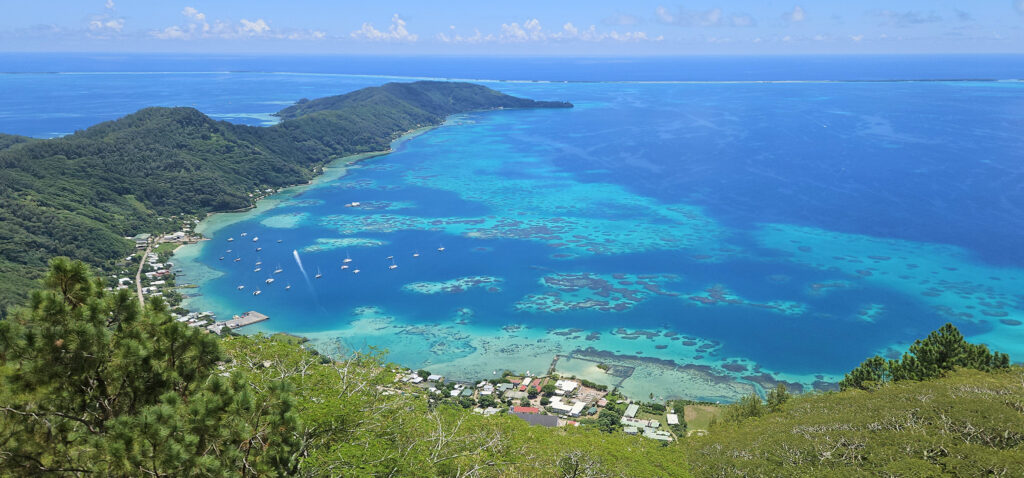
Chapter 9: The Pearl Farm Tour
Gambier is famous for its precious pearls, and Mohea from The Nanihi Pearl Farm taught us everything we needed to know.
Our tour began at the quay, where her husband picked us up in a truck and drove us to the far side of Mangareva. Michael and Gary climbed into the flatbed, and I tried not to worry they’d bounce out along the way.
We kicked off our shoes and waded through some muck to reach an outboard boat. It whisked us across turquoise waters, weaving through a sea of colorful buoys. Having dodged lobster pots in Maine for two summers, Michael and I instantly recognized what those floating balls marked—oysters.

What we didn’t know was that it takes five years for an oyster to make its first pearl. Approximately every eighteen months for the next four years, each oyster may or may not produce one pearl, and only 65% of those can be sold. The price depends on their quality, which is determined by shape, color, luster, and size. A labor-intensive, high-risk business? Absolutely.
We left with a deep appreciation for the craft—and gratitude to Mohea for welcoming us into her world.
https://www.facebook.com/share/v/1KfHDUzGU1/?mibextid=wwXIfr
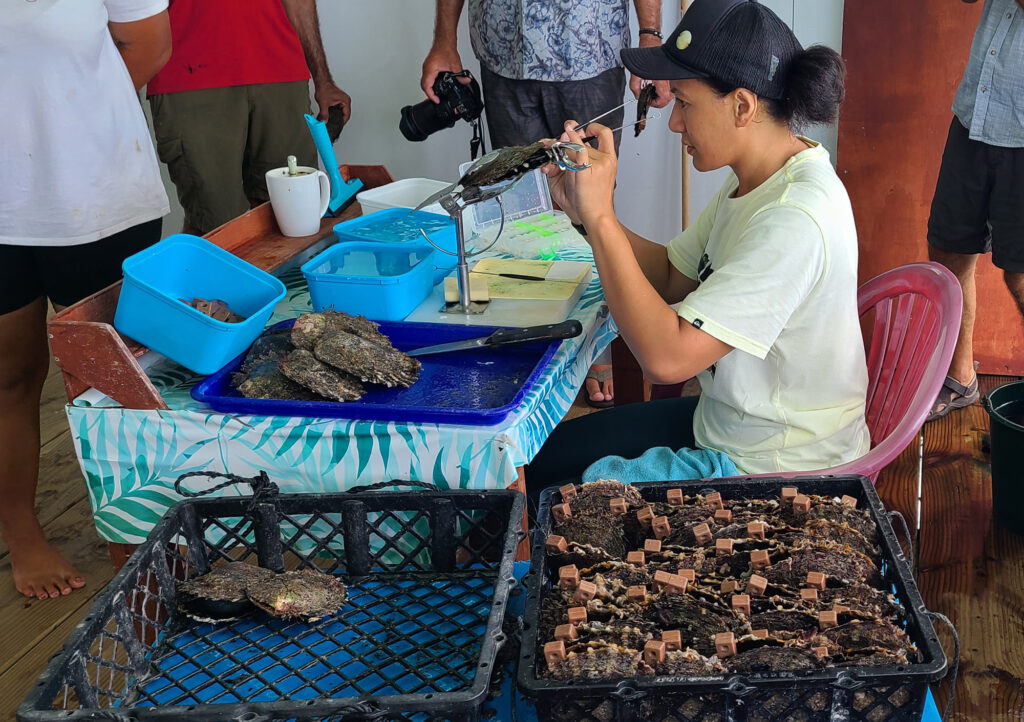
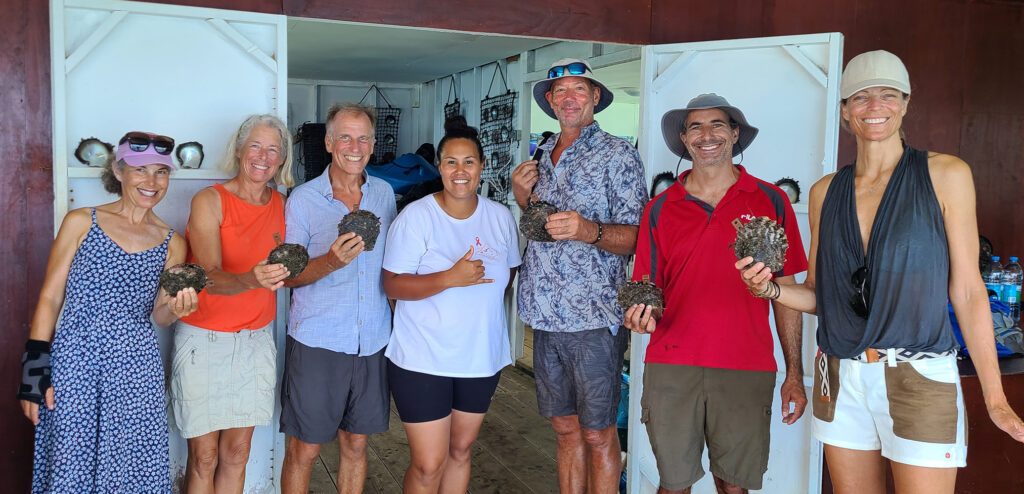
Chapter 10: Hiking Mangareva
When we arrived, Michael had a goal: He wanted to hike every trail on the island, including those leading up Mont Mokoto and Mont Duff. And we did—we hiked them all.
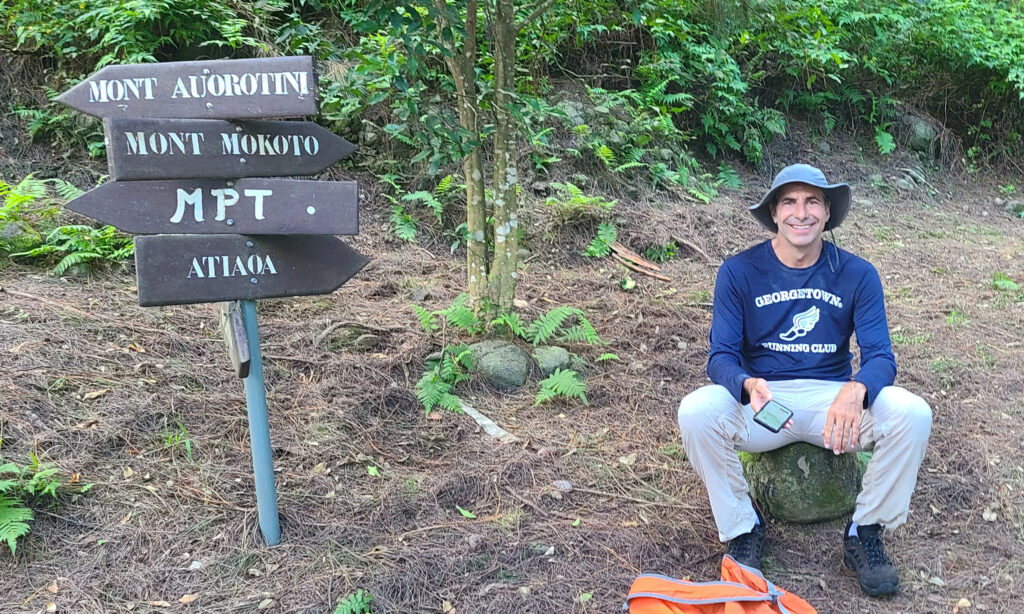
We loved Mont Duff’s shaded ascent and plunging cliffs so much that we climbed it a second time, this time with friends. Everyone rappelled down the backside into an epiphyte-sprinkled pine forest without a hitch. The trail, lined with scarlet raspberries, captivated them as much as it had us—making the experience twice as rewarding.
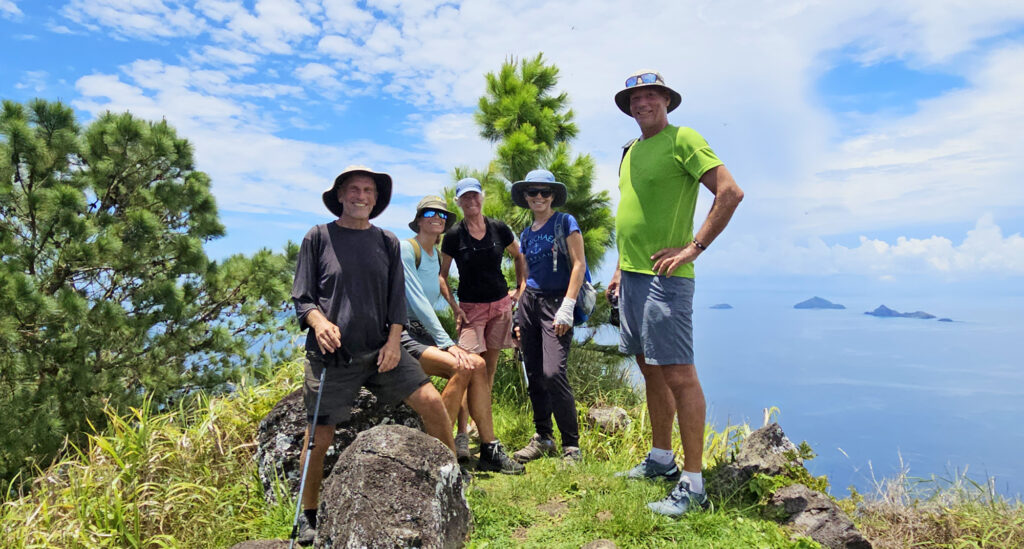
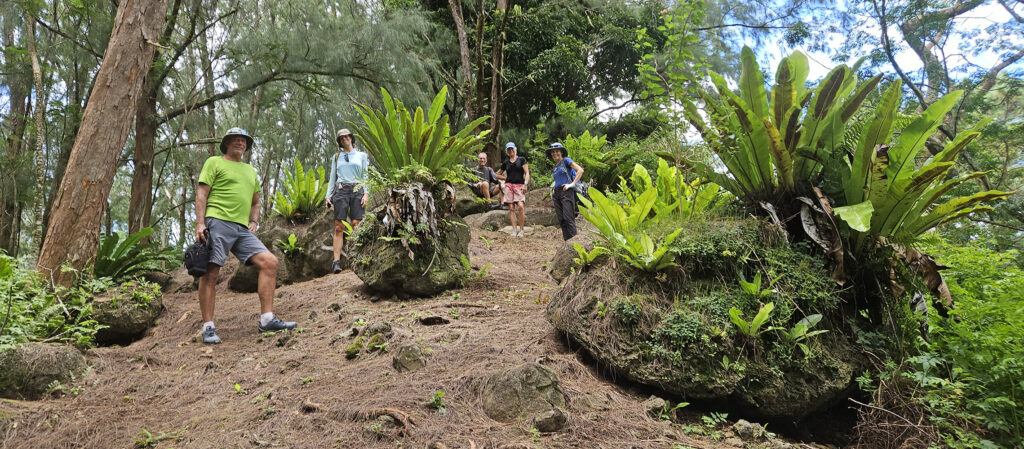
Mont Mokoto, in contrast, was raw and exposed, offering sweeping views at every turn. I could easily imagine the ancient Mangarevian people worshipping tikis in these mountains. The landscape itself felt sacred.
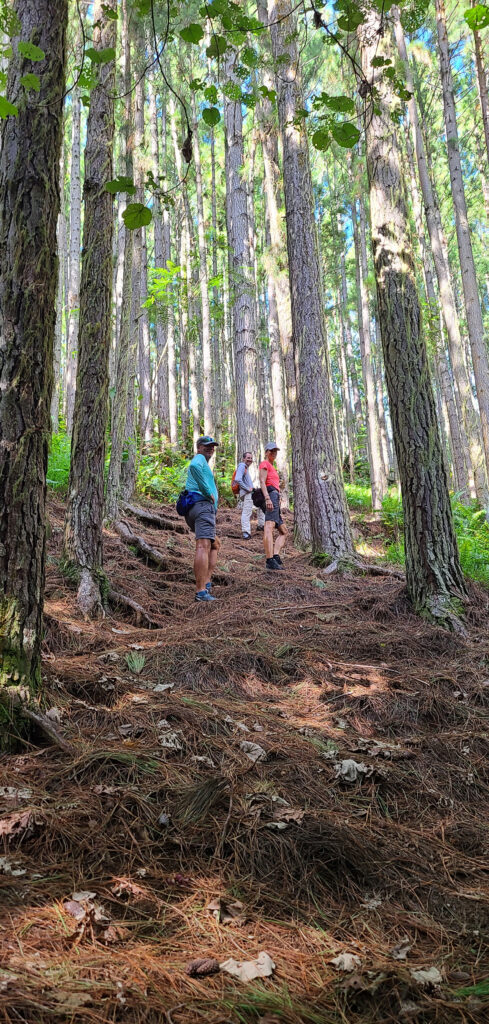
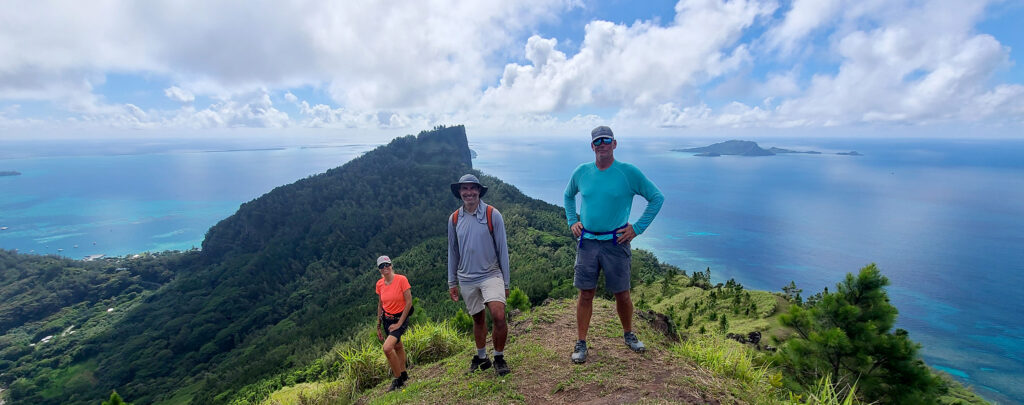
For the ridge hike, Paula joined us, and we chatted away as we pushed through cutting grasses and pricker bushes. Calling it an adventure would be an understatement.
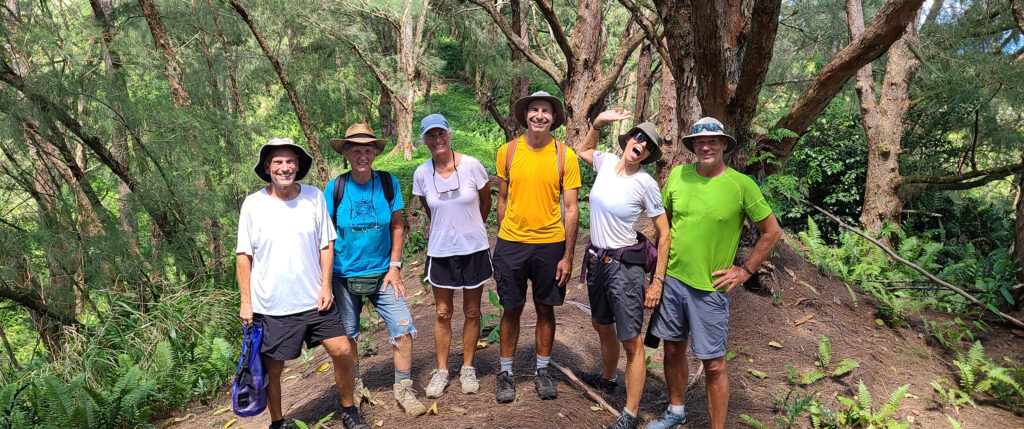
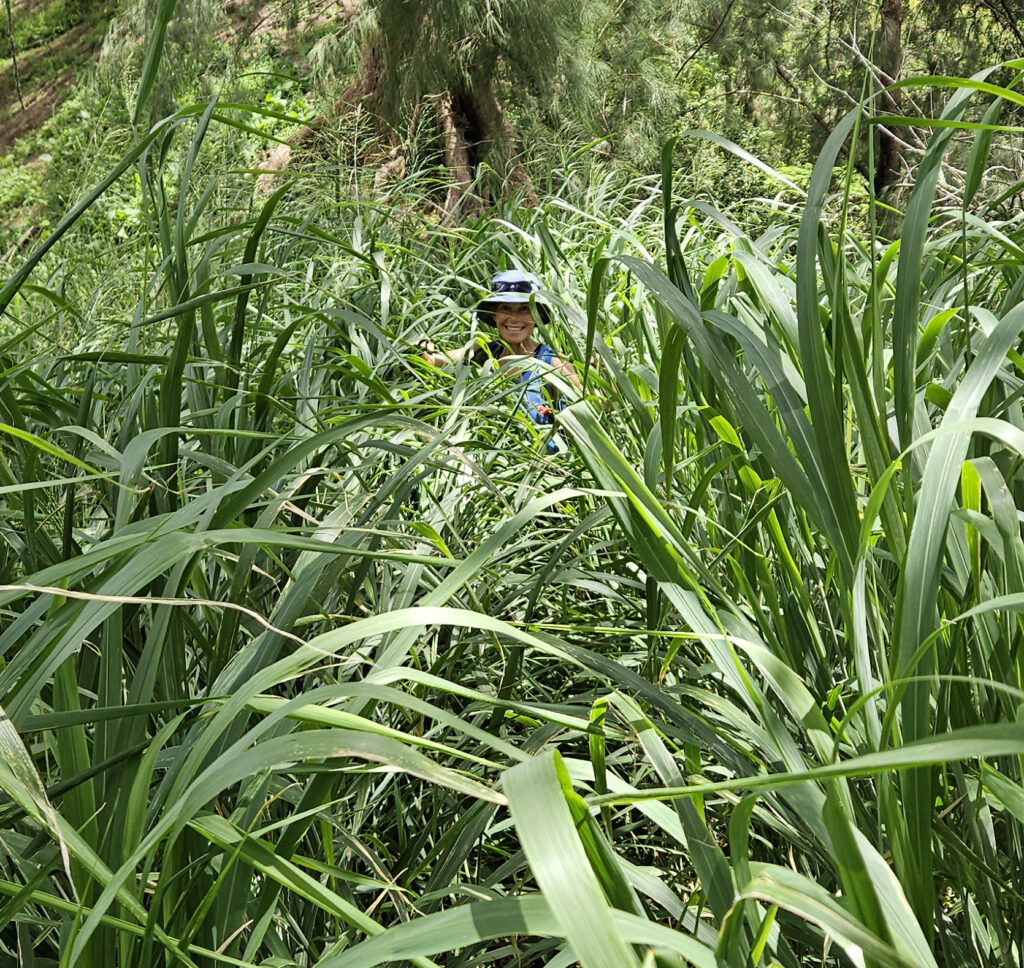
Chapter 11: Bagels
In Terevai, I heard the roar of Patty’s dinghy motor approaching. She brought us bagels, and we just happened to have a smidgen of cream cheese in the fridge. Come aboard, I invited her, but no, she was too busy baking another batch. I texted her no more than five minutes later.
Jill: Thank you, they were delicious.
Patty: You ate them all? ALREADY?
Jill: We did!
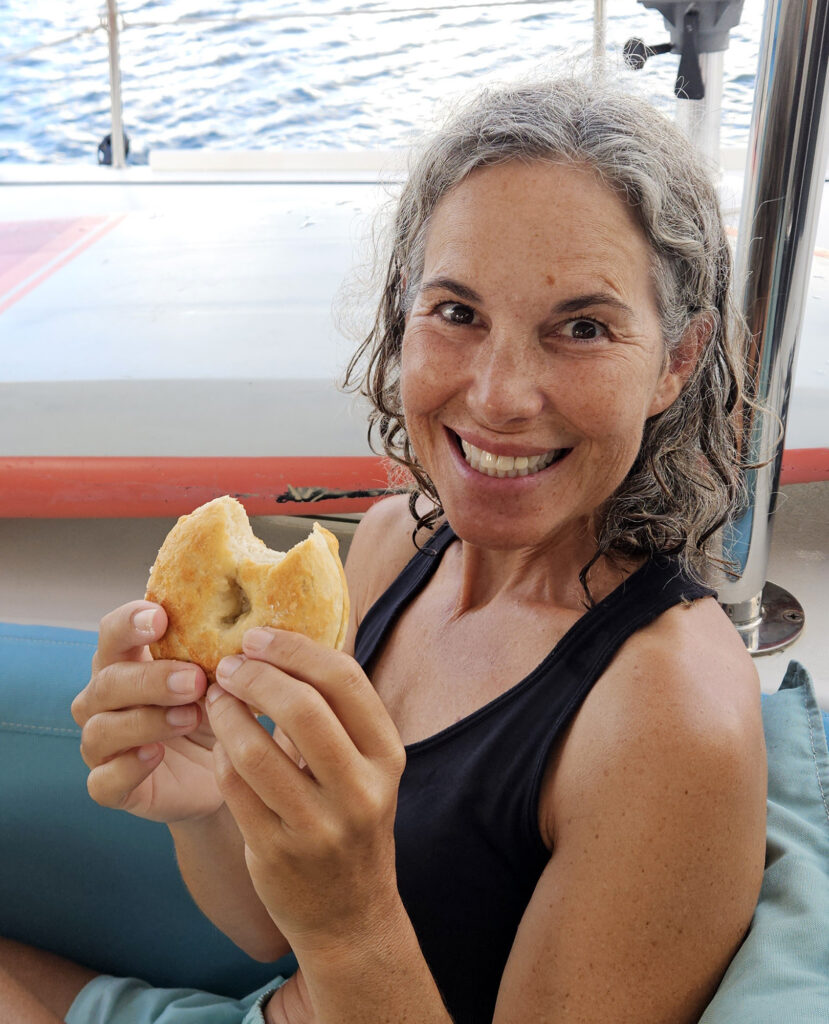

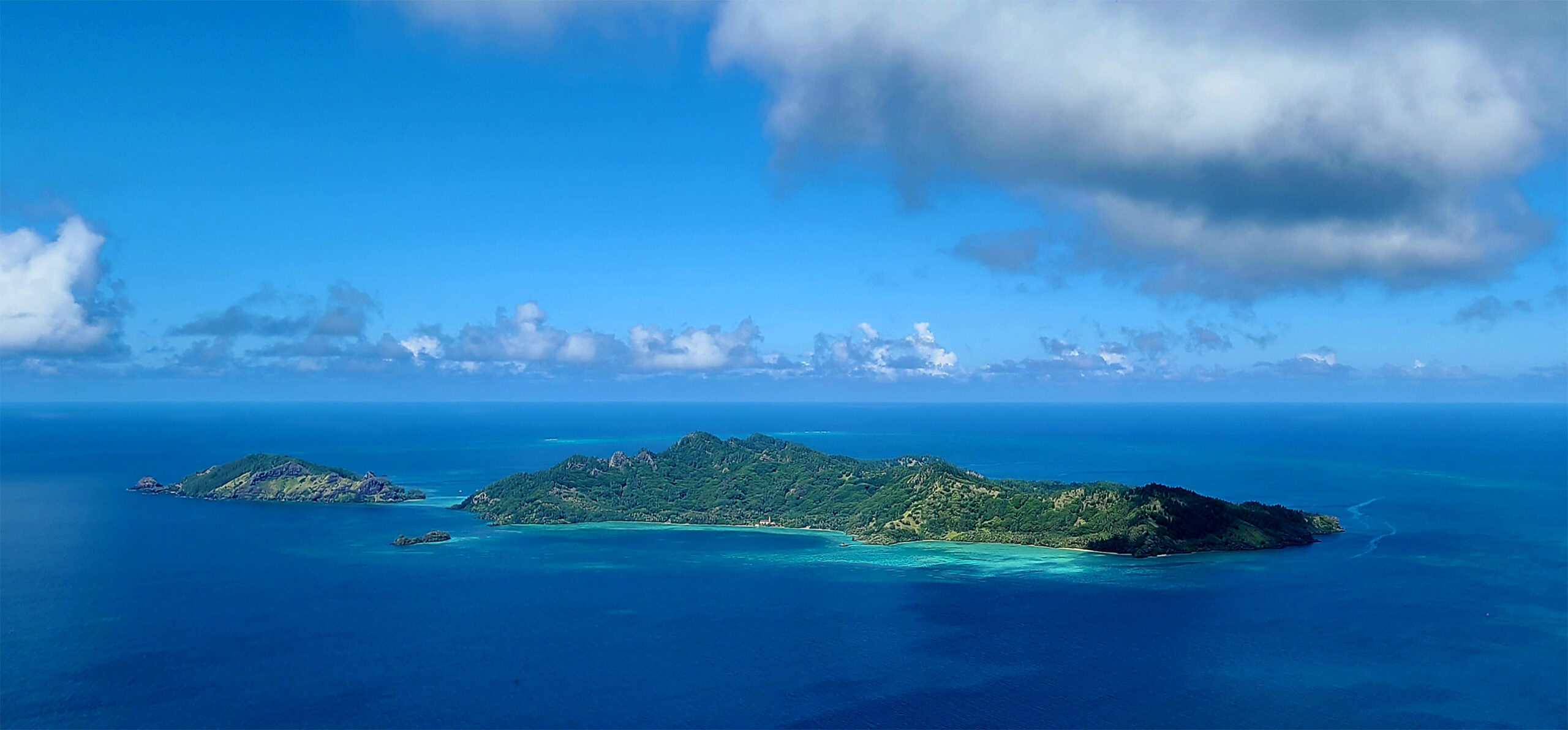
Comments (0)